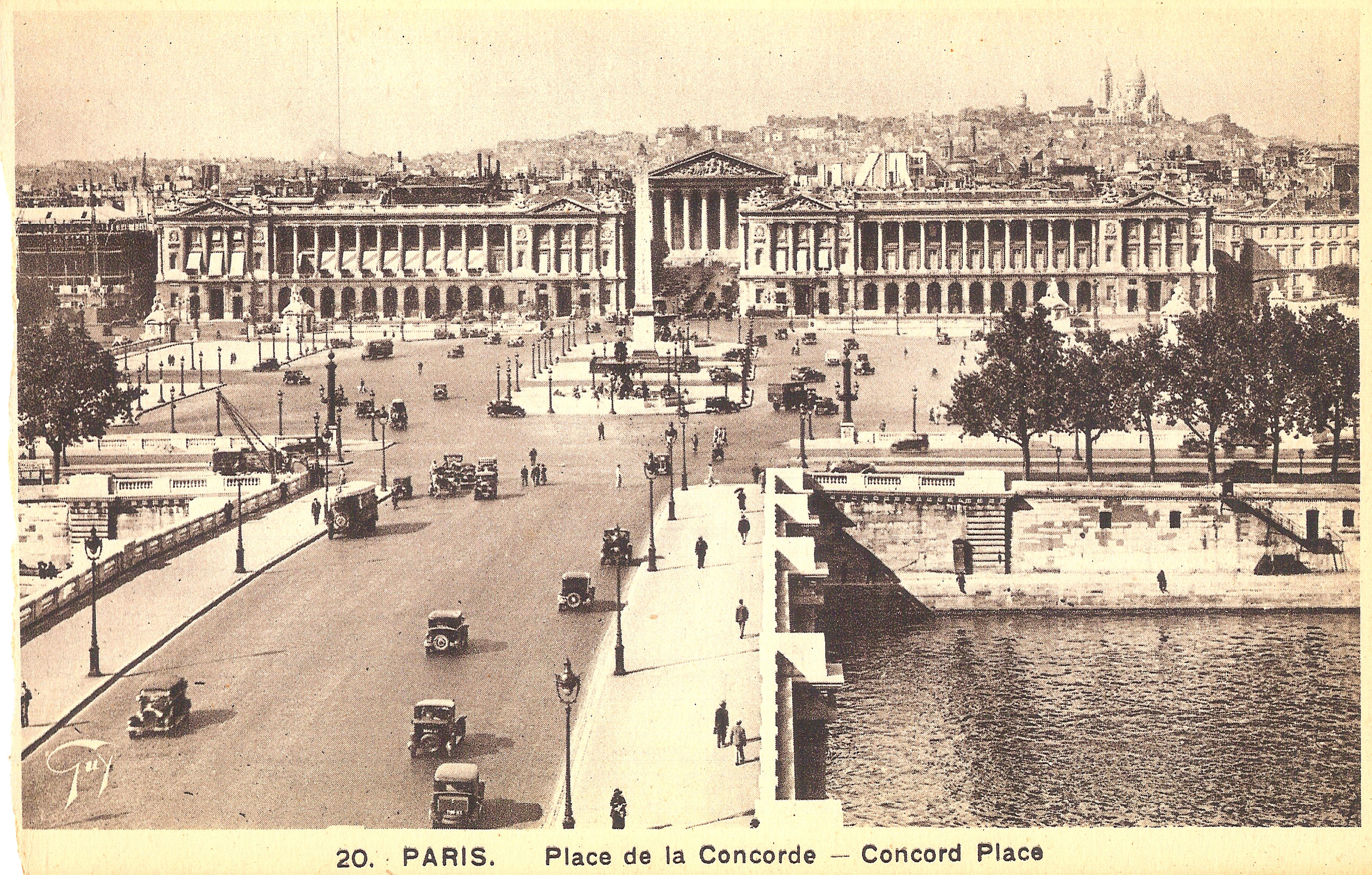In the realm of contemporary television, few series manage to capture the intricate interplay of diplomacy and personal relationships as effectively as ”The Diplomat.” Episode 6 stands as a testament to the show’s ability to weave emotional complexity into its narrative fabric, offering viewers a profound exploration of the human condition against a backdrop of political intrigue. This episode, in particular, is a masterclass in emotional storytelling, as it delves into the nuanced dynamics between its characters, revealing the vulnerabilities and strengths that drive their actions. Through a meticulous analysis of key scenes and character interactions, this article seeks to unravel the emotional highs that define Episode 6, shedding light on how these moments contribute to the overarching narrative and resonate with audiences on a deeply personal level. As we dissect the layers of emotion embedded within this pivotal episode, we gain a greater understanding of the show’s ability to reflect the complexities of real-world diplomacy and the universal truths of human connection.
Exploring Character Development Through Emotional Climax
In episode 6 of The Diplomat, the emotional journey of the characters reaches a crescendo, revealing layers of complexity and depth. This pivotal episode serves as a masterclass in character development, particularly through the lens of emotional climax. The narrative intricately weaves together the personal and professional struggles of the protagonists, creating a tapestry of tension and release that is both compelling and transformative.
- Internal Conflict: Characters grapple with their inner demons, showcasing vulnerabilities that have been simmering beneath the surface. This internal turmoil is brought to the forefront, forcing them to confront their fears and desires.
- Relationship Dynamics: The episode explores the evolving dynamics between key characters, highlighting shifts in power, trust, and loyalty. These changes are not only pivotal to the plot but also serve as catalysts for personal growth.
- Resolution and Transformation: As the emotional climax unfolds, characters experience moments of clarity and resolution. These moments are crucial for their development, marking a transition from conflict to understanding and paving the way for future narrative arcs.
Through these elements, the episode not only captivates the audience but also enriches the narrative, offering a profound exploration of character evolution in the face of emotional upheaval.

Analyzing the Impact of Tension on Narrative Progression
In episode 6 of “The Diplomat,” tension serves as a crucial catalyst for narrative progression, shaping character development and driving the plot forward. The intricate web of political intrigue and personal stakes reaches a crescendo, compelling viewers to stay on the edge of their seats. This episode expertly uses tension to heighten emotional engagement, illustrating how characters react under pressure and revealing deeper layers of their personalities. The narrative tension not only sustains the audience’s interest but also sets the stage for pivotal moments that redefine alliances and confrontations.
Key elements contributing to the episode’s tension include:
- Interpersonal Conflicts: The episode showcases escalating conflicts between key characters, revealing hidden motives and testing loyalties.
- Time-Sensitive Decisions: Characters are forced to make critical decisions under tight deadlines, amplifying the stakes and urgency.
- Unforeseen Twists: Unexpected plot twists disrupt the status quo, challenging characters to adapt and respond to new threats.
These elements work in concert to create a gripping narrative experience, demonstrating how tension is not merely a storytelling device but a dynamic force that propels the story towards its climax.

Unpacking the Role of Music in Amplifying Emotional Depth
In episode 6 of ”The Diplomat,” music plays a pivotal role in heightening the emotional complexity of the narrative. The strategic use of soundtracks and ambient scores serves as an emotional compass, guiding the audience through the intricate web of diplomatic tension and personal drama. The music’s ability to underscore the unsaid, amplify the tension, and accentuate moments of vulnerability cannot be overstated. As scenes unfold, the choice of music not only complements the visual storytelling but also enriches the emotional experience, allowing viewers to connect more deeply with the characters’ internal struggles and triumphs.
- Subtle Strings: The use of string instruments often accompanies moments of introspection, providing a sonic backdrop that enhances the introspective depth of key characters.
- Dynamic Rhythms: Fast-paced beats are strategically employed during high-stakes negotiations, reflecting the urgency and intensity of diplomatic maneuvers.
- Melancholic Melodies: Soft, melancholic tunes underscore scenes of personal loss or sacrifice, allowing the audience to feel the weight of these moments more profoundly.
Through these musical elements, the episode not only tells a story but also evokes a spectrum of emotions, from anticipation to sorrow, making the viewing experience both immersive and emotionally resonant.

Recommendations for Enhancing Viewer Engagement in Dramatic Scenes
In the intricate tapestry of dramatic storytelling, viewer engagement is paramount, especially in pivotal scenes such as those found in “The Diplomat” Episode 6. To amplify emotional resonance and captivate audiences, consider the following strategies:
- Dynamic Character Development: Invest in multi-dimensional characters whose arcs evolve naturally. This creates a genuine connection with the audience, as they become invested in the characters’ journeys and transformations.
- Strategic Use of Pacing: Vary the tempo of scenes to build tension and anticipation. A well-timed pause or a sudden escalation can heighten emotional impact, drawing viewers deeper into the narrative.
- Authentic Dialogue: Craft dialogue that reflects real human emotions and conflicts. Avoid clichés and instead focus on language that reveals character motivations and vulnerabilities.
- Visual and Auditory Cues: Utilize lighting, color schemes, and sound design to evoke specific emotions. Subtle shifts in these elements can subconsciously guide viewers’ emotional responses.
By implementing these techniques, creators can enhance the emotional depth of dramatic scenes, ensuring that viewers remain engaged and emotionally invested throughout the episode.


